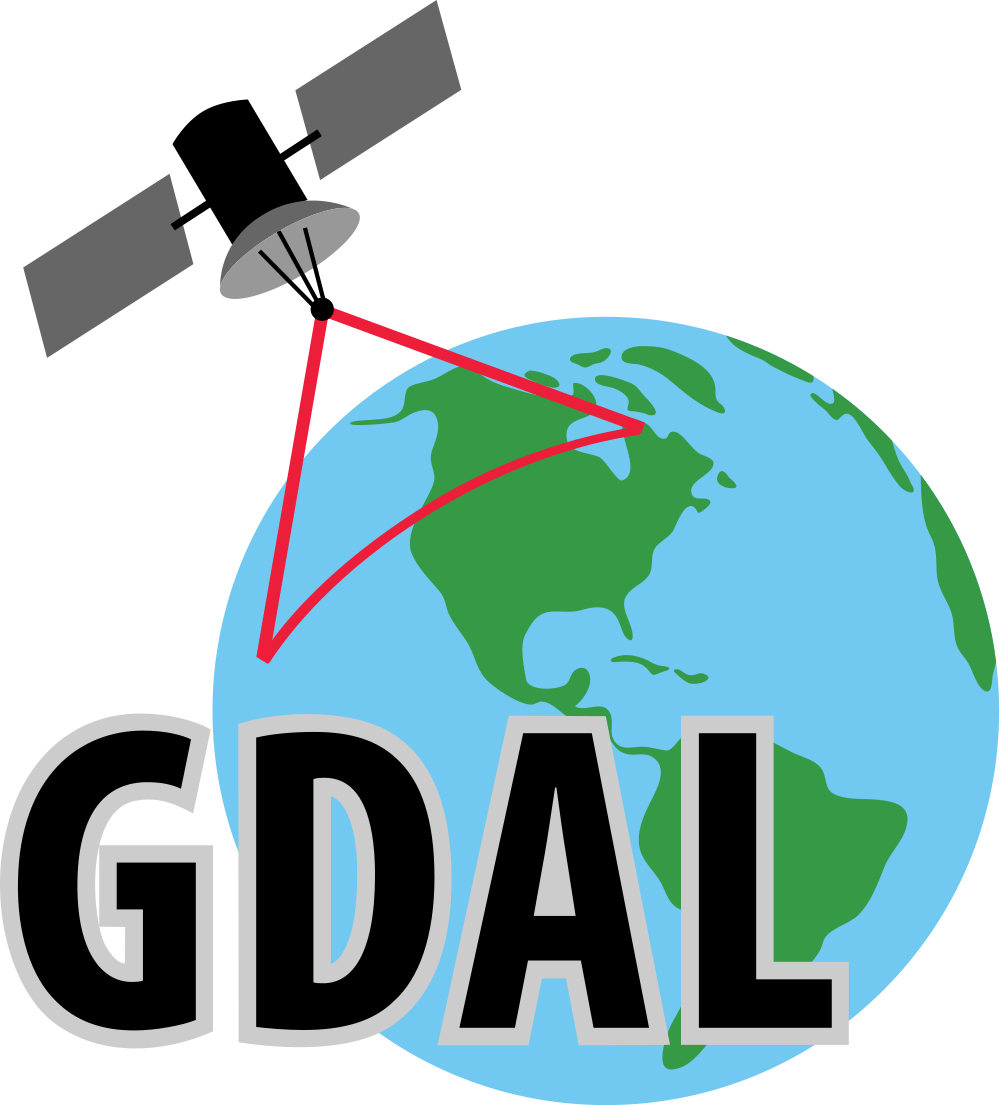libspatialindex
(and Rtree)
Fast and fun spatial indexing for bounding boxes





libspatialindex
is a C++ library (C API) for spatially indexing kD bounding box data
Practically only 3 or 4, however
Features
Example
You don't want to see a C++ code example
Notes
Rtree
is a Python library for spatially indexing kD bounding box data (based on libspatialindex)
Features
- libspatialindex's features. In Python.
- clustered storage -- store pickles alongside your bounds
- LGPL license
Bulk Loading vs. Single Insert
Inserting 30k random points (usec)
Use generator-based bulk loader!
def data_gen():
for i, (minx, miny, maxx, maxy) in data:
yield (i, (minx, miny, maxx, maxy), None)
idx = index.Rtree('bulk', data_gen())
# after most of the data is loaded, go add a few stragglers
idx.add(12345, (minx, miny, maxx, maxy))
idx.add(42, (minx-1, miny-1, maxx+1, maxy+1))
Not
idx = index.Index('single')
for i in range(data):
idx.add(i, data[i])
Intersection
>>> idx.insert(4321, (34.37, 26.73, 49.37, 41.73), obj=42)
>>> hits = idx.intersection((0, 0, 60, 60), objects=True)
>>> for i in hits:
... if i.id == 4321:
... i.object
... i.bbox
42
[34.3776829412, 26.737585373400002, 49.3776829412, 41.737585373400002]
nearest and intersection only return candidates
that fall within bounds, not those that are perfectly contained.
If you want true intersection, you need to do that with your favorite
geometry algebra library after querying the index for candidates.
Nearest
>>> idx.insert(4321, (34.37, 26.73, 49.37, 41.73), obj=42)
>>> hits = idx.nearest((0, 0, 10, 10), 3, objects=True)
- Ask for the
3-nearest items - If the last two items are the exactly same distance away, both are returned, meaning an ask for 3 items might actually return you 4.
Delete
>>> idx.delete(4321, (34.3776829412, 26.7375853734, 49.3776829412, 41.7375853734) )
- id + bbox defines index item
- ids need not be unique
- bboxes need not be unique
- bbox coordinates are equal per
std::numeric_limits<double>::epsilon()
Data uniqueness is on you to manage
from fiona import collection
from shapely.geometry import mapping, shape
from rtree import index
p = index.Property()
p.filename='theindex'
p.overwrite=True
p.storage=index.RT_Disk
p.dimension = 2
idx = index.Index( p.filename,
build(),
properties=p,
interleaved=True,
overwrite=True)
def build():
with collection("data/ne_10m_admin_1_states_provinces_shp.shp", "r") as shapes:
for s in shapes:
geom = shape(s['geometry'])
id = int(s['id'])
yield (id, geom.bounds, s)
query = idx.nearest((-93.00,42.0,-93.00,42.00),
3,
objects=True)
states = list(query)
print len(airports)
print states[0].object['properties']['name']
Rtree - http://toblerity.github.com/rtree/
Shapely - http://toblerity.github.com/shapely/
Fiona - http://toblerity.github.com/fiona/
irc.freenode.net #geopython